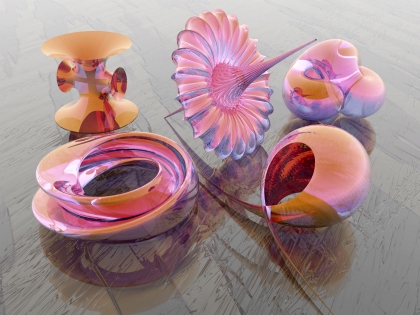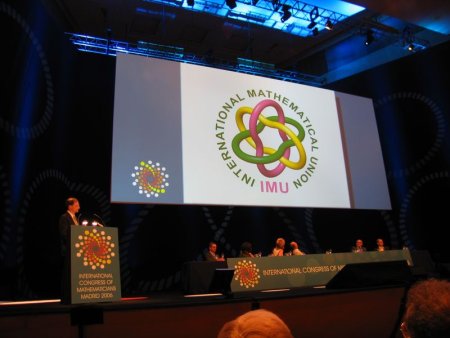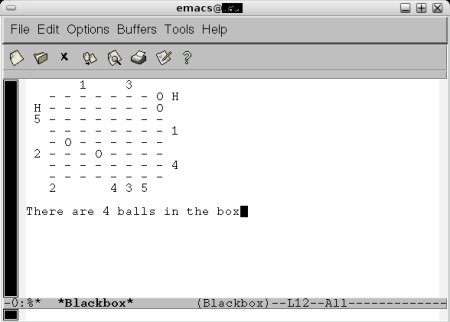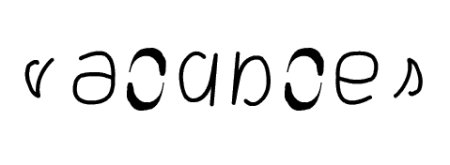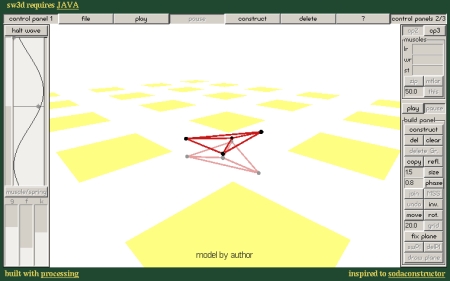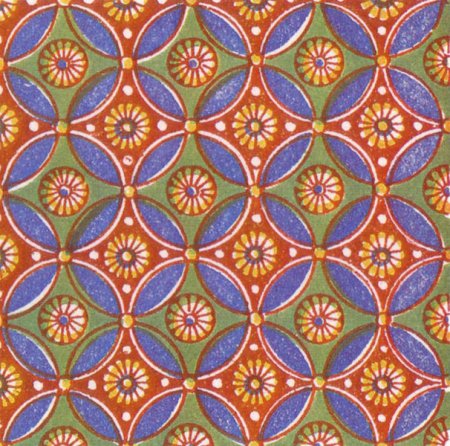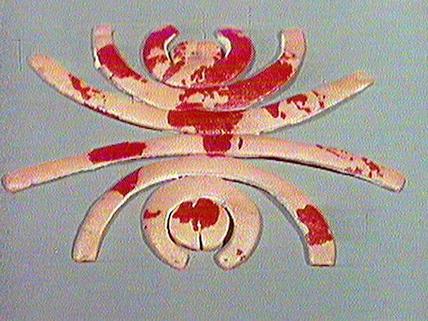
One of the first mathematical visualization clips if not the first is: the impossible map by Evelyn Lambart from 1947. In the film it is explained how to find coordinate maps for a sphere, partially exemplified with a grapefruit.
Evelyn Lambart is usually in the shadow of her frequent collaborator Norman McLaren, with whom she worked together in the fifties.
They both liked to play with graphical and likewise mathematical “entities”, like lines and shapes in the interplay with coulours:
Caprice en Couleurs (1949)
Around is Around (1951)
Horizontal Lines (1962)
Vertical Lines (1960)
But both have in their animations also more “lifelike” shapes, like birds and variation of birds, which are coloured but which are mostly “flat” reminding of “shadow figures” like e.g. in the animations of Charlotte Reiniger. This was partially due to their cut-out and scratching techniques. However also real life appears in their films. Evelyn Lambart did a lot of illustrative animations for other science films, but also for e.g. the film: A Chairy Tale, which reminds me of the earlier mentioned Georges Méliès. (Watch e.g. his film “Un homme de tete” from 1898, which is currently on youtube.com)
Remark: It seems that since two days there is Blinkity Blank by Norman McLaren on Youtube.com, and also parts of Prince Achmed by Lotte Reiniger. I dont know how long the films will be there, and what copyright problems are involved with them, thats why I dont link them.
update 11.10.10: An approximate and by no means accurate visual demonstration of the proposition that the area of a sphere is four times the area of its circular shadow (look also at this comment)
Take half an orange:
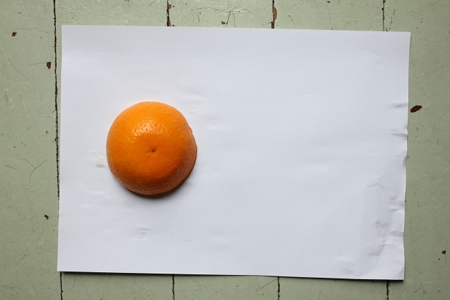
Peel the half orange in a spiral. You peel the spiral in such a way that you go around twice in order to peel it fully, while keeping the width of the spiral arm (approx.) constant (that is you peel an archimedian or arithmetic speiral). By looking at the peeled orange one (more or less badly) sees that going around only once, one peeled off a part which covers roughly the area of the circular shadow:
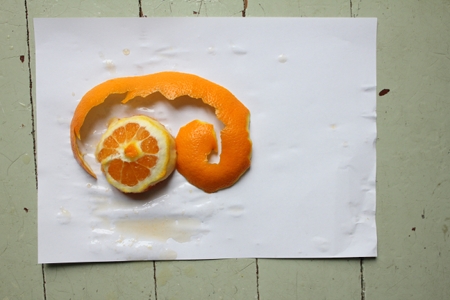
Fold the spiral in the middle and put the two spiral halfs on top of each other:
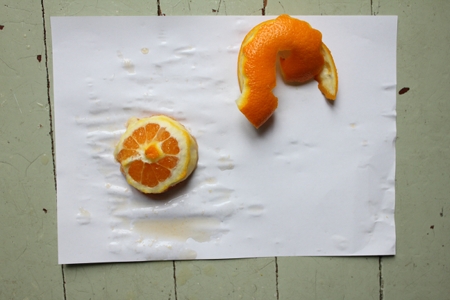
One (again more or less badly) sees that the middle of the spiral is (approximately) at the point where the spiral had gone around once:
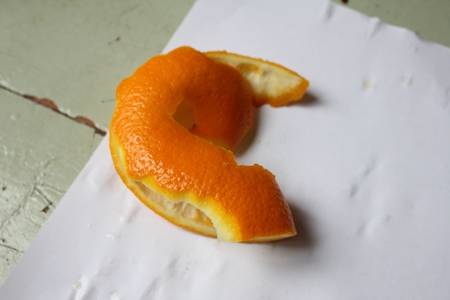
So roughly one half of the spiral covers the area of half of half of an orange (because the two folded halfs of the spiral cover half an orange). In the meantime such a half also covered the circular shadow (i.e. that what you see by looking onto the orange from above), i.e. the second half was more or less perpendicular to the viewer and was thus (almost) not visible.
This is of course no prove of the proposition but gives only a rough feeling, that the proposition could be true.
